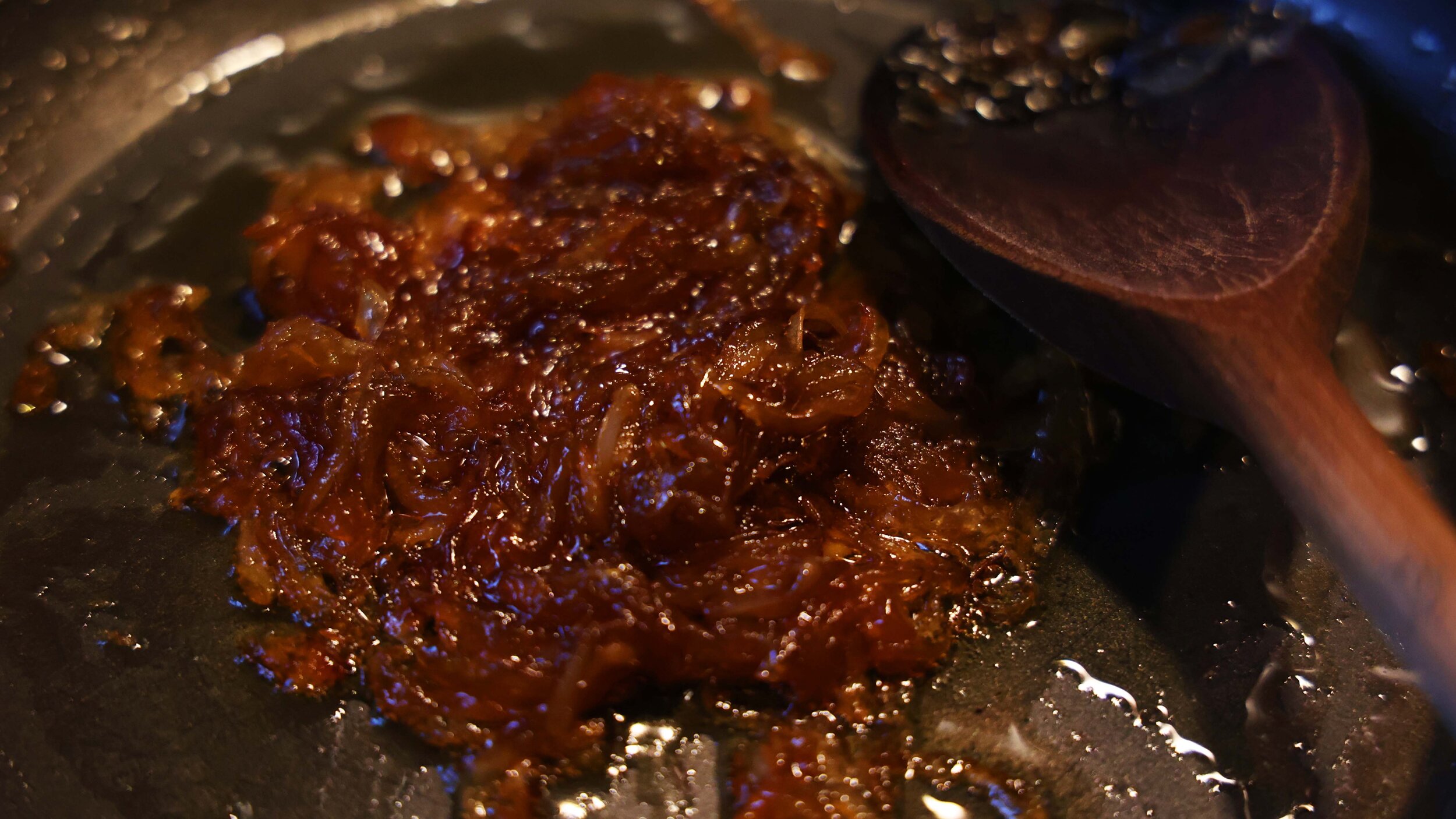Broad Bean, Shallot and Dill Blossom Soup
Do you ever have one of those ideas that just snowball? This is one of those. And it all began with a question I’ve asked so many times in my life, “Can you eat that?” In this case, I was looking up at a dill flower that had overtaken most of the sunflowers in the garden. Obviously, the leaves and seeds are both edible, and I had a pretty good idea that the blossom was too, but I couldn’t recall the flavour or diversity of such an ingredient. So, I located a specimen that the bees were largely ignoring and pinched a couple of the delicate yellow blossoms from it. They smelled strongly of dill, but the flavour was more mild than the leaf or seed. It had a refreshing sourness, much like the herb itself, with a profile that reminded me of mild lemon and parsley. But unlike the rest of the plant, the blossom offered a sweet surprise with a honeyed finish, something I’ve experienced a few times when a flower is packed with fragrant pollen.
As I hadn’t died by the end of the day, I decided to pick more and take them home with me along with a handful of shallots, broad beans, Llanover peas, and a bulb of wet garlic. I knew exactly what I wanted to make, but somehow the word ‘soup’ didn’t cut it. Don’t get me wrong, I love a good soup! Yellow split pea, leek and potato (with a lot of white wine), tomato and lentil, and of course cawl are all superb examples of very tasty soups. But what I wanted to make was something more refined and delicate, something along the lines of a French onion soup but with a medley of other things in it to provide texture and flavour.
It was only once I’d finished making the soup that I realised all I had left in my bread bin was a hard heel of sourdough from my friends Liz and Andrew at Anuna bakery. Luckily, even a little old piece of bread of theirs still tastes divine, but if I’d had the foresight to buy another or make one in time then I’d have toasted it and rubbed the roast garlic into the crumb before dipping it into the soup. So there’s a little tip. Learn from my mistakes. Also, check out Anuna, they’re a permaculture setup, they use heritage grain flours and their sourdough croissants and focaccia are out of this world.
Broad Bean Soup Recipe
Serves 2
6 Shallots, thinly cut
100ml Dry white wine or dry white vermouth
4 Handfuls of peas
20 Large broad bean pods, double podded
2-3 Dill flowers
1 Bulb of garlic
A drizzle of single pouring cream
1ltr Stock
Seasoning
Optional: A pinch of demerara sugar
Step 1.
Begin by preheating the oven at 200C / 400F. Using a sharp knife, cut the roots and top off the garlic as close to the cloves as you can without disturbing them, then cut across the entire bulb, halving it from left to right. Line a baking tray with some parchment and place the garlic halves on it, clove side up. Drizzle with a tiny bit of oil on the open faces and rub it around with your finger so that it is absorbed between all the cloves. Sprinkle with a pinch of salt and cover with foil (but don’t let the foil come into contact with it as it will stick), then pop the tray in the oven for 40 minutes.
If you haven’t double-podded your broad beans yet, now is the time to do so. Remove the exterior pods and put them in the compost. Collect the beans and blanch them in salted boiling water for 2 minutes, then plunge them into a bowl of ice cold water. Let them chill completely, then drain and remove the secondary pod. To do so, lightly pinch the pale green skin between your finger and thumb to push the darker green bean from inside. Collect the beans and compost the pods.
Step 2.
The next step is the most important for defining and building the main flavour of your soup, the shallots. We’re going to caramelise them in their own sugars, then add the white wine and reduce until it becomes a thick glaze. Firstly, drizzle a little oil in a frying pan and pop it on a medium-high heat. Once the oil is hot, add the shallots with a pinch of seasoning. The trick here is to keep them moving. The temperature of the pan is hot enough that they will burn it left undisturbed for more than 30-40 seconds, which will make them bitter. By gently moving them around the pan we stop this from happening and allow the sugars in them to caramelise, releasing incredible aroma and sweetness.
Above is a photo of the shallots as they begin to crisp and caramelise, turning golden brown before they’re allowed to become translucent and break down as they would at a lower temperature. Once they are at the stage seen above (which should take 10 minutes or so), keep a close eye on them and continue to cook for another 5 minutes. At this stage, depending on if you’re worried you might have caught them slightly, you can add a pinch of sugar to the pan and stir it in. It will quickly dissolve and raise the temperature of the shallots. This will finish the caramelising process and counter any bitterness you might have imparted to the food.
Now you’re ready to add the alcohol. Above is a photo of the caramelised shallots having been cooked in vermouth as it reduced to a glaze. You can find a nice dry white wine produced here in Britain, but I happened to have a bottle of vermouth opened so threw in a hearty glug of that instead. The vermouth has a bitterness I love, but not everybody is a fan so white wine is by far the safer bet. Once you add the wine, keep the pan at a high temperature and let it reduce until it’s visibly thick and coating the shallots, then add the stock.
Step 3.
By now the garlic should be ready to uncover. Remove the foil and continue to roast for another 20-30 minutes until the top is beautifully crispy and golden.
Step 4.
Finally, add the peas and beans to the soup and taste to check the seasoning. It should be a balance of sweet and savoury. If your peas are going in raw then let them simmer in the soup for 40 seconds before serving. To plate up, ladle the soup into two bowls and drizzle them both with 1-2 tbsp of pouring cream. Place 2 dill flowers on the soup, allowing the heat to release their fragrance, then squeeze the garlic from the bulb and scatter them over the top. Enjoy.







